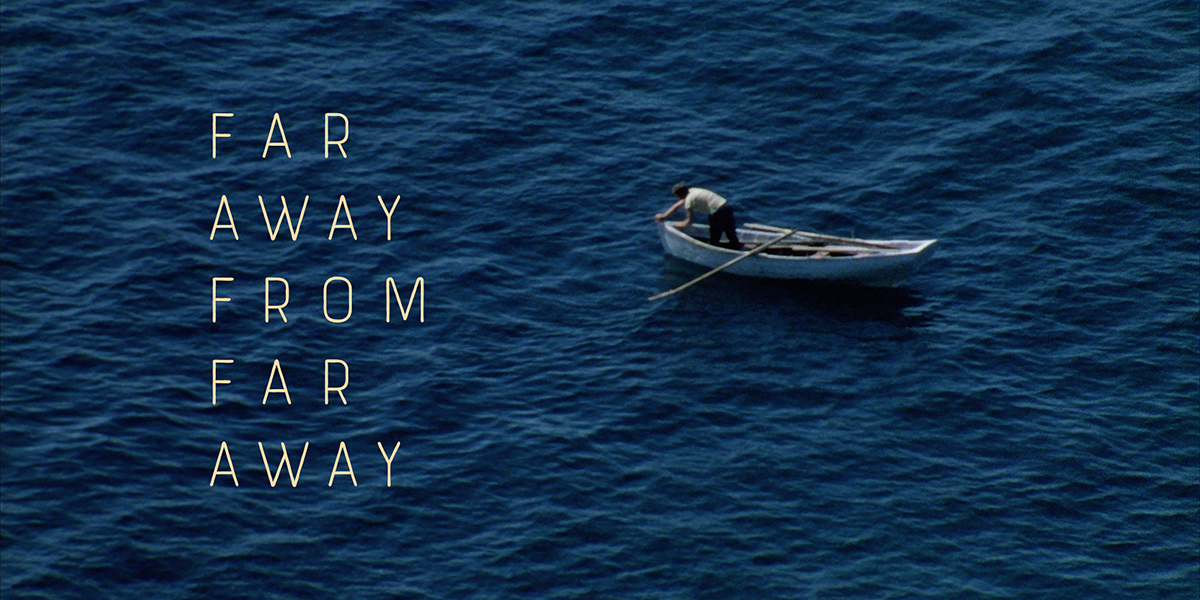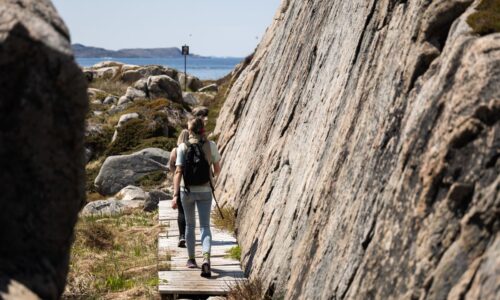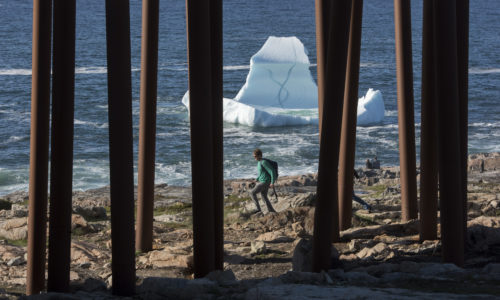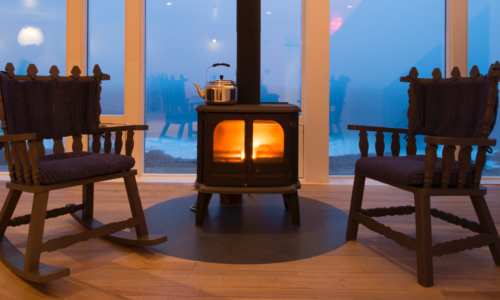In News | By Jill Brown | March 9, 2021
Far Away From Far Away
We often describe Fogo Island as an island off an island, far away from far away… a place of specific natural and cultural heritage forged through an inextricable relationship with the sea. The National Film Board of Canada (NFB) recently released Far Away From Far Away, an interactive and immersive piece of digital media that paints a vivid portrait of outport life.
Written by celebrated author Michael Crummey and inspired by the early life of Zita Cobb, Far Away From Far Away is the story of Zita’s relationship with her father growing up on Fogo Island in the 1960s and 70s. During a time of radical transformation in the fishing industry, we're shown the extraordinary steps families took to survive in the face of technological change on a global scale. Through the lens of a very personal story, a multitude of experiences resonant to countless Newfoundlanders and Labradorians are conveyed.
Designed exclusively for mobile devices, Far Away From Far Away uses simple, intuitive navigation to take us into rich, long-form storytelling. The project was led by creative directors Bruce Alcock and Jeremy Mendes and filmed by Justin Simms with assistance from Fogo Island high school students Bradley Broders, Liam Neil, and Jessica Reid. Sound recordist Sacha Ratcliffe, sound designer Shawn Cole, and web development agency Intergalactic round out the key crew. With one foot in the past and the other in the future, viewers can tap and swipe through interactive prose, memories, and stories.
Far Away From Far Away marks the next chapter in the story of the NFB and its relationship with Fogo Island. It is a community-based media project made with the participation and support of Fogo Islanders, following in the footsteps of the Fogo Process and Challenge for Change. What is now known as The Fogo Process comprises a series of 27 films shot on Fogo Island by Colin Low in the 1960s. By inviting local people to speak on film, Low was able to reveal how similar their hopes and fears were which resulted in real solutions for survival and saved Fogo Island from forced resettlement. This participatory filmmaking model remains a template for community engagement around the world to this day.
Visit faraway.nfb.ca on your smartphone to watch; it takes about 28 minutes to make your way through the piece. As the world continues to shift around us, Far Away From Far Away serves as a reminder of that which will always be constant: nature, culture, and our relationships with one another.






